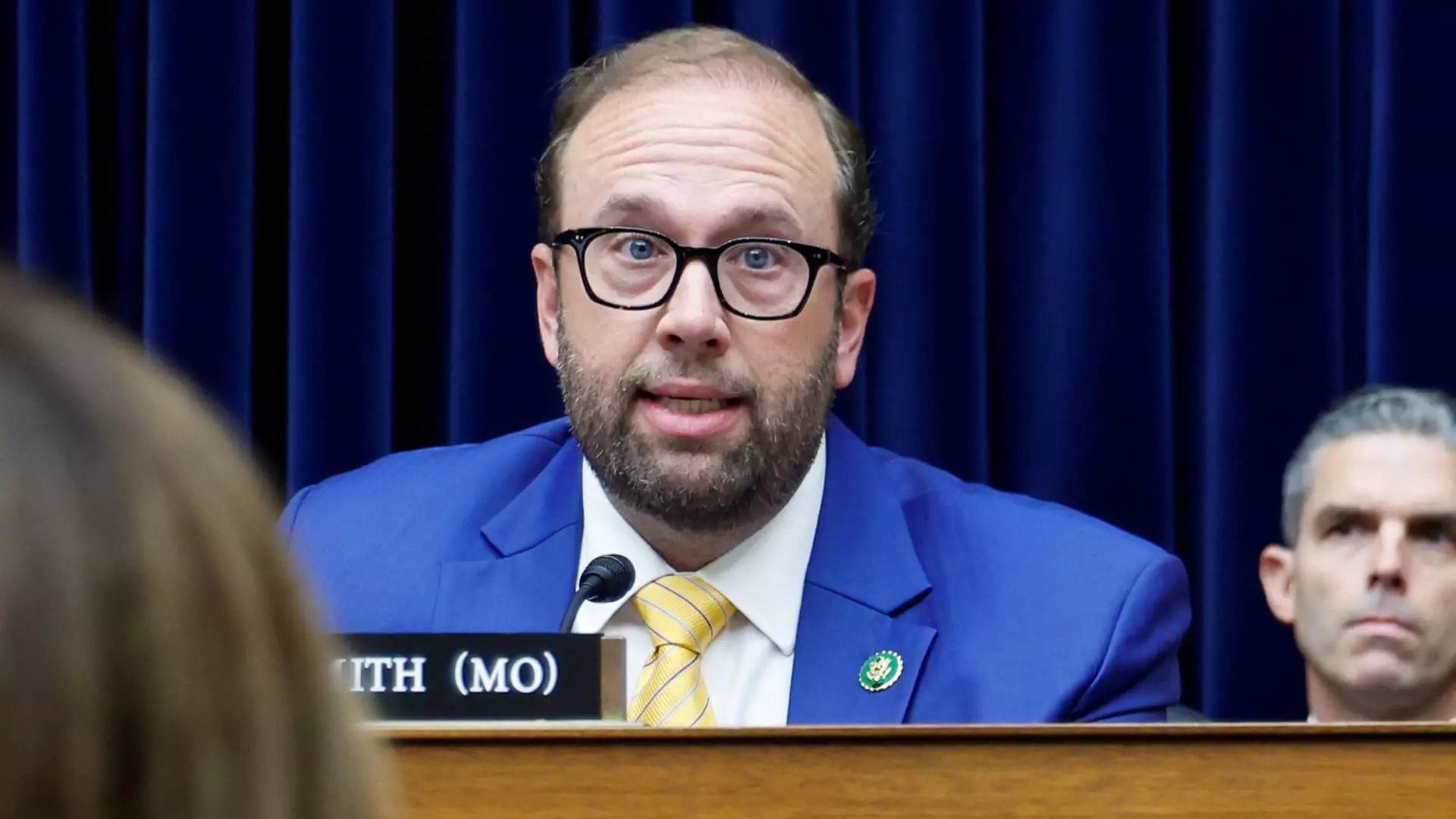In the world of economic reform, few things are as contentious as tax policy. As House Republicans press forward with a multi-trillion dollar tax break initiative, designed to complement Donald Trump’s vision for the American economy, we find ourselves at a crossroads of fiscal responsibility and partisan politics. The House Ways and Means Committee recently approved a significant portion of this legislation in a narrow party-line vote. However, the atmosphere surrounding these deliberations is ripe with tension, particularly given the ongoing discussions about the state and local tax (SALT) deduction, which remains a thorn in the side of many lawmakers.
The underlying concept of tax breaks sounds appealing; who wouldn’t want to see their taxes reduced? Yet, as the details unfold, the pitfalls of this proposal emerge. The current plan introduces a raise in the SALT cap to $30,000 for those earning less than $400,000, which might seem benign on paper but takes a disastrous turn when we consider the broader implications of such selective fiscal benevolence. This strategic elevation of the SALT cap is inherently problematic—it represents a clear favoring of high-income earners in states with elevated taxes, a move undeniably laced with bias and favoritism.
The Elusive Full House Vote
Despite the optimistic rhetoric from the committee chair, Jason Smith, vowing to deliver “One, Big, Beautiful Bill,” the reality paints a different picture. The hesitation surrounding a concrete SALT compromise suggests that the plan is teetering on the edge of discord. When lawmakers from high-tax states express their dissatisfaction with the $30,000 threshold, it becomes evident that the legislation has created an insularity that alienates many Americans in lower-income brackets.
Although the promise of phasing out tax on tips and offering tax-free overtime pay could offer relief to workers, the efficacy of such measures remains questionable. After all, at what cost are these concessions offered? In the pursuit of tax breaks that primarily benefit the affluent, we potentially risk neglecting the crucial foundational pillars of our society—the middle and lower classes who often shoulder an unfair share of the tax burden.
A Half-Hearted Attempt at Social Security Reform
The proposed reforms also include a $4,000 extra deduction for older Americans, an ostensibly generous offer. However, when peeled back, the layers reveal an unsatisfactory solution that does little to alleviate the burdens placed upon those reliant on Social Security. The juxtaposition of a mere $4,000 deduction costing an estimated $90 billion over the next decade against a more meaningful $1 trillion savings suggested by exempting Social Security income from taxation signifies either a lack of commitment to true reform or an inability to confront the realities facing aging citizens.
Experts, like Garrett Watson from the Tax Foundation, have raised alarms about the depth of these reforms. His analysis indicates that filers with no income aside from Social Security stand to gain little from the current plan, calling into question the sincerity of these purportedly progressive initiatives.
Child Tax Credits: A Benevolent Facade?
While extending the maximum child tax credit sounds like a victory for families, it’s imperative to scrutinize who actually benefits from this plan. The proposed $2,500 per child break is strikingly inadequate, especially when considering the 17 million children who are entirely excluded from the existing $2,000 credit. This glaring omission, highlighted by experts like Kris Cox from the Center on Budget and Policy Priorities, indicates a baffling oversight that underscores the selective nature of these policies.
It’s imperative for the GOP to recognize that tax reform should not merely serve the interests of corporations and the wealthy. In the pursuit of a more just and equitable tax system, it must seek to include all demographics—particularly those families struggling to make ends meet. As the conversation continues to unfold behind closed doors in Washington, we must reflect on whether these tax reforms are truly designed for the benefit of the American populace or instead represent a disconcerting trend toward selective generosity that mirrors the very inequality it seeks to address.

Leave a Reply